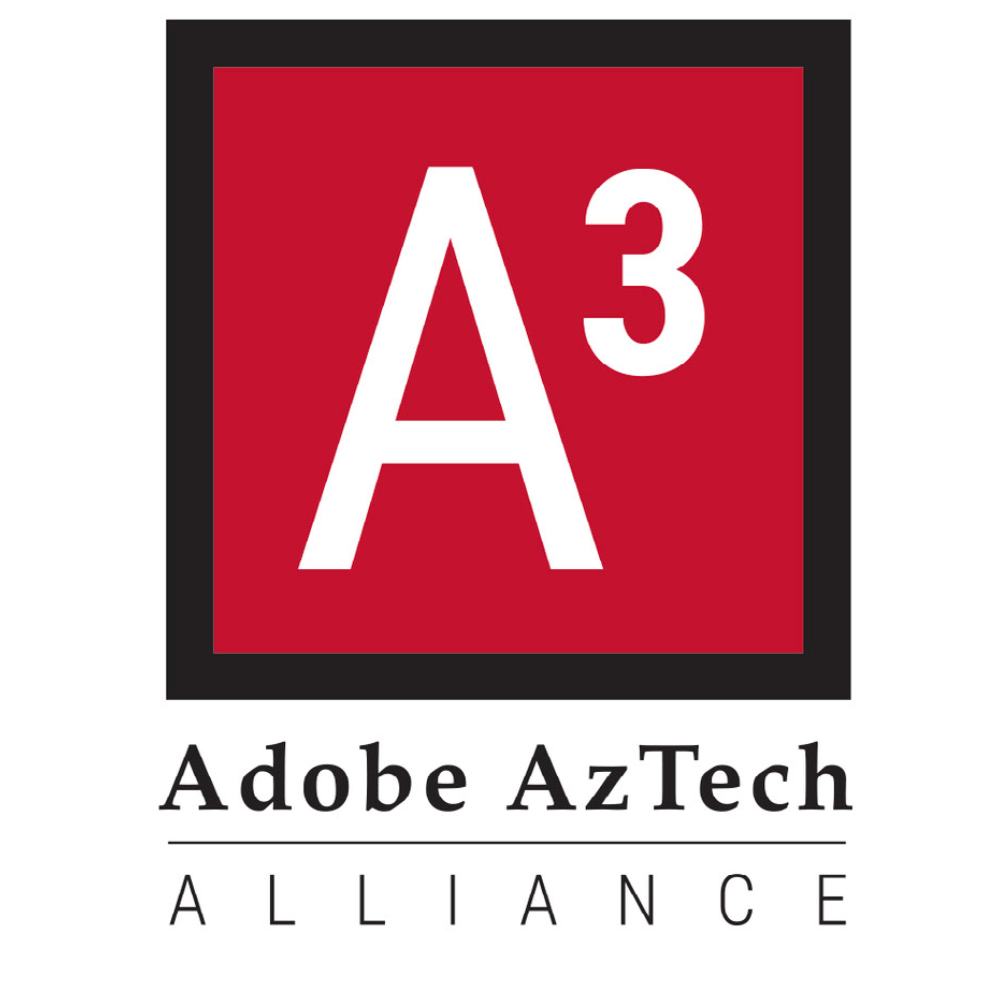Assignment Prompt
PORT 250: A3 Film Project Introduction
As an Adobe Creative Campus, SDSU is part of a select group of colleges and universities that
are driving the future of digital literacy within the global higher education community. In
addition to making industry-leading Adobe Creative Cloud tools and services available to our
students, SDSU collaborates with other Adobe Creative Campuses to share ideas and
innovations that expand digital literacy and help ensure student success.
As part of the Adobe Aztec Alliance (A3), you will learn how to use Adobe Premiere Rush to edit
video and create engaging video projects. In teams, you will create a film adaptation of one of
the texts in this course. You will have class time for the multi-step creation process
(brainstorming, storyboarding, planning the recording), receive tutorials and support as you
learn Adobe Premiere Rush, complete post-production of the film project, and screen your film
during our Film Festival. After completing the film, you will write a brief reflection in which you
describe the dynamic of working with a team and make a case for the grade you earned on the
project. As part of the A3 program, films produced in class will be shared with the Adobe Aztec
Alliance and exemplary projects may be used as inspirational student examples within SDSU.
As an Adobe Creative Campus, SDSU is part of a select group of colleges and universities that
are driving the future of digital literacy within the global higher education community. In
addition to making industry-leading Adobe Creative Cloud tools and services available to our
students, SDSU collaborates with other Adobe Creative Campuses to share ideas and
innovations that expand digital literacy and help ensure student success.
As part of the Adobe Aztec Alliance (A3), you will learn how to use Adobe Premiere Rush to edit
video and create engaging video projects. In teams, you will create a film adaptation of one of
the texts in this course. You will have class time for the multi-step creation process
(brainstorming, storyboarding, planning the recording), receive tutorials and support as you
learn Adobe Premiere Rush, complete post-production of the film project, and screen your film
during our Film Festival. After completing the film, you will write a brief reflection in which you
describe the dynamic of working with a team and make a case for the grade you earned on the
project. As part of the A3 program, films produced in class will be shared with the Adobe Aztec
Alliance and exemplary projects may be used as inspirational student examples within SDSU.
Instructions
Choose one of the texts that we read in the class and create a short film adaptation. The film
should be 5 minutes long and should not have any dialogue/speaking as this is an exercise in
visual storytelling. Your adaptation may be very abstract with only traces of the source text, or
it can be very close to the source text and depict scenes as they are narrated. You will access
Adobe Stock to find images and/or sounds to use in your film. Finally you will use Adobe
Premiere Rush to edit the film, add a title and credits, use transitions and filters, and export the
final version as an .mp4 for submission.
Video Guidelines:
1. Include 1 video from Adobe Stock.
2. Include at least 1 transition between scenes.
3. Include a title at the beginning and rolling credits at the end.
4. Include 1 sound from Adobe Stock.
5. 5 minutes total run time maximum.
1. Include 1 video from Adobe Stock.
2. Include at least 1 transition between scenes.
3. Include a title at the beginning and rolling credits at the end.
4. Include 1 sound from Adobe Stock.
5. 5 minutes total run time maximum.
Here is a timeline of the workflow of the A3 Film Project:
February 23: Introduce Film Project and Adobe Creative Cloud, Adobe Stock.
February 28: Set up Film Project; get into production teams; select a text to adapt
March 2: Create a storyboard March 7: Create shooting schedule and plan as a team; assemble performers and decide on
locations
March 9: Meet with your group and film; assemble your assets (sounds, music)
March 14: Adobe Premiere Rush tutorial online
March 16-21: Post-production
March 23: Final film file due
April 4: Film festival
Why are we doing this?
This project aims serves multiple purposes. As we are course on women writers, we are going
to be thinking about different ways to tell stories. By adapting texts to an audiovisual format,
we can show our own interpretations of the texts. Furthermore, Adobe products are standard
in several sectors and learning how to create your own content can be useful as you pursue any
Student Example #1
Student Example #2
Dr. Kristal Bivona is the assistant director of the Center for Brazilian Studies and teaches courses on Brazilian Cultural Studies for the College of Arts and Letters. She holds a Ph.D. in Hispanic Languages and Literatures from the University of California, Los Angeles, an M.A. in Comparative Literature from Dartmouth College, and received a B.A. in English with a Spanish minor from SDSU as a community college transfer student. Her current book project investigates how filmmakers from Brazil and the Southern Cone grapple with transitional justice, victimhood, and memory of the most recent military dictatorships. Her work broadly looks at how cultural production, including street art, installations, and film, engages with pressing contemporary issues, such as state violence, transitional politics, and human rights.
